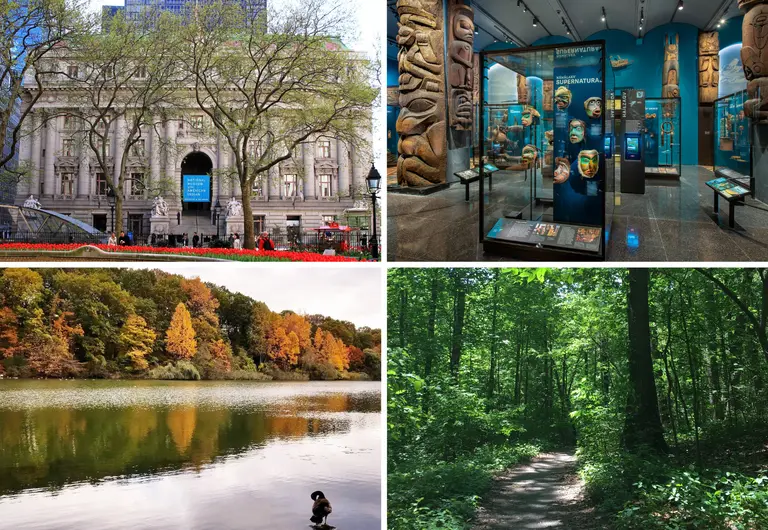
Photo of the National Museum of the American Indian courtesy of Wikimedia; Photo of AMNH’s Northwest Coast Hall courses of D. Finnin/AMNH
15 ways to celebrate Native American Heritage Month in NYC
Get the list

Photo of the National Museum of the American Indian courtesy of Wikimedia; Photo of AMNH’s Northwest Coast Hall courses of D. Finnin/AMNH
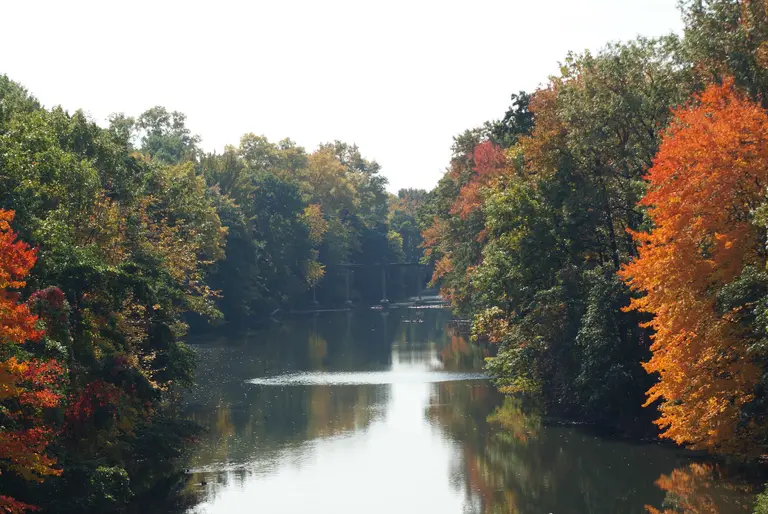
Photo by Elena Gaillard on Wikimedia
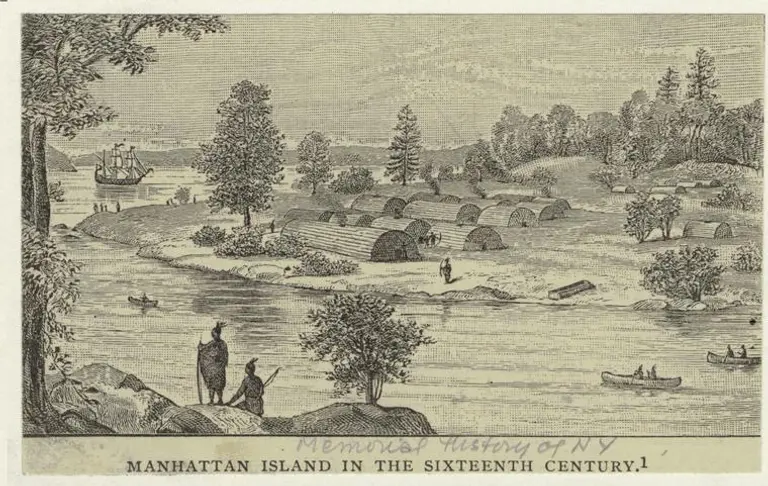
“Manhattan Island in the Sixteenth Century,” from the Memorial History of New York, 1892, via NYPL
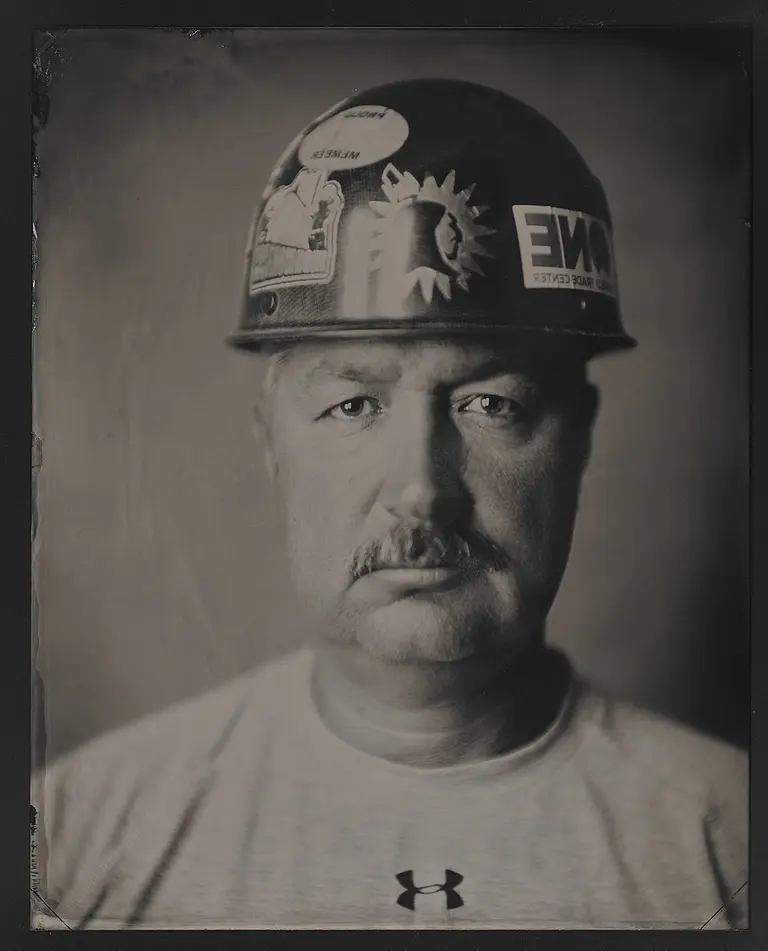
John, a third generation Mohawk ironworker who helped raise One World Trade, photographed by Melissa Cacciola, via Melisssa Cacciola
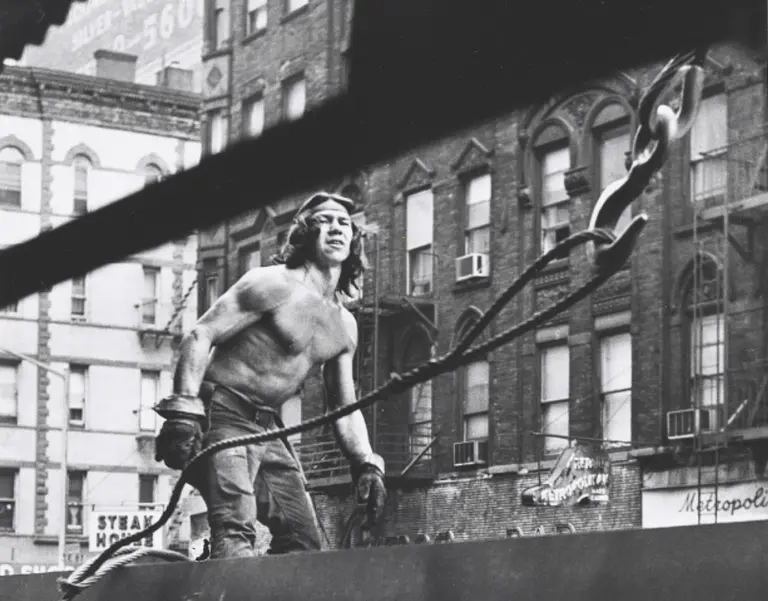
Roger Horne, a Mohawk Ironworker in the Raising Gang, ca. 1970 via the Smithsonian